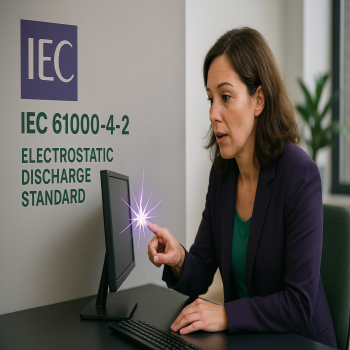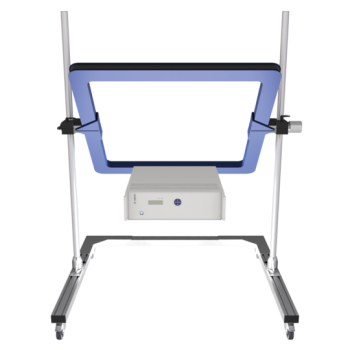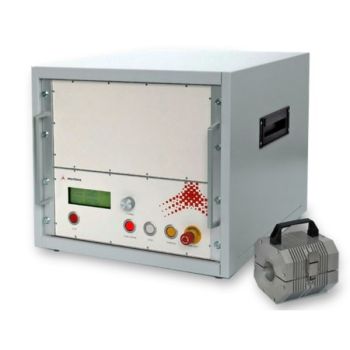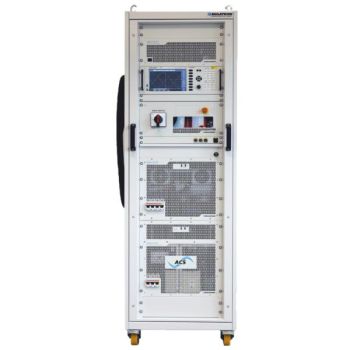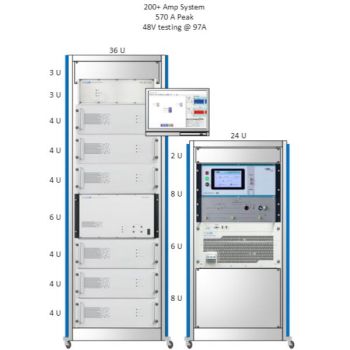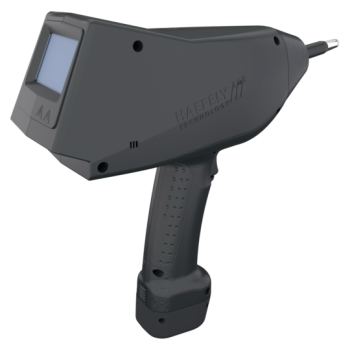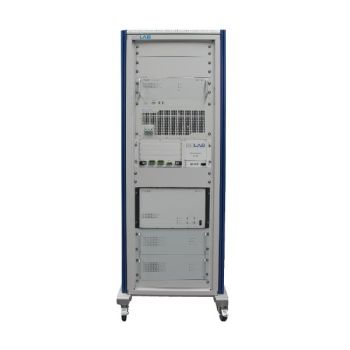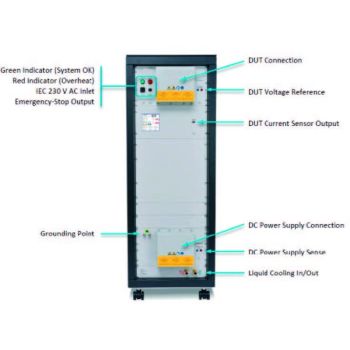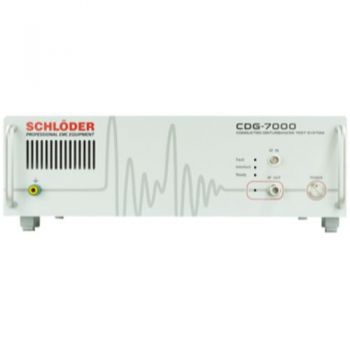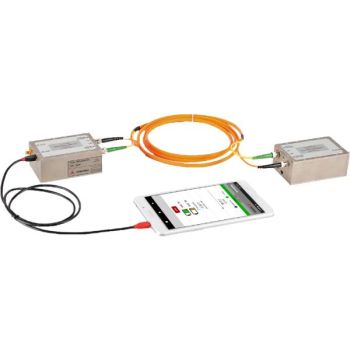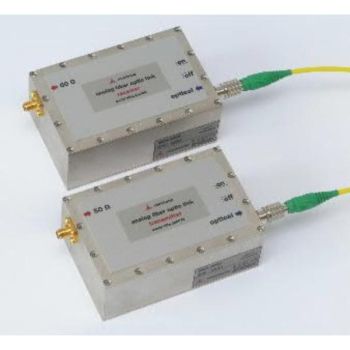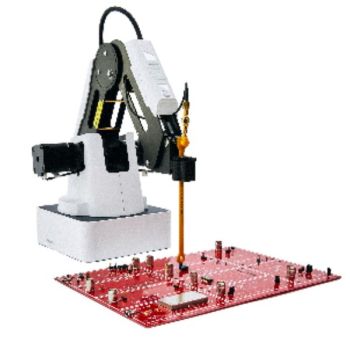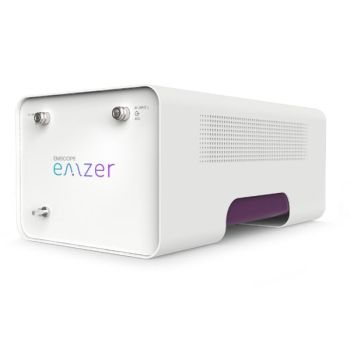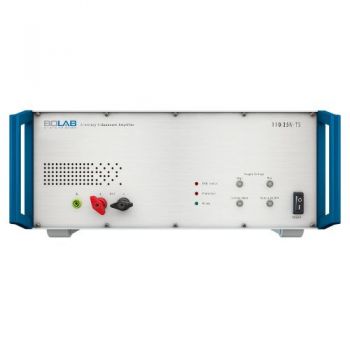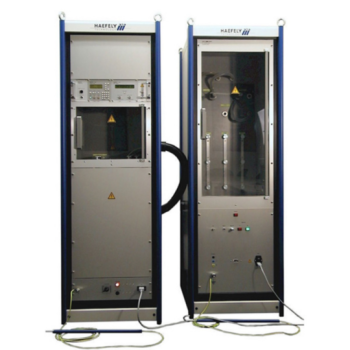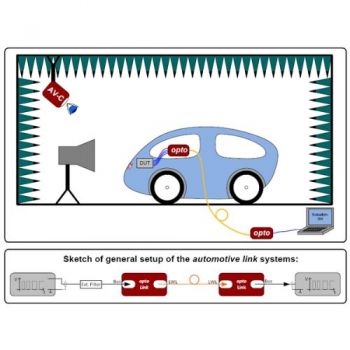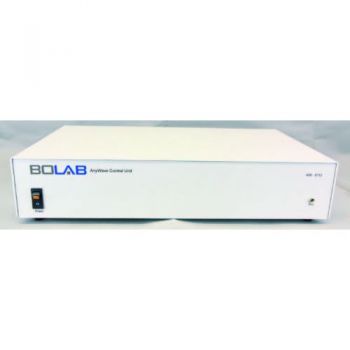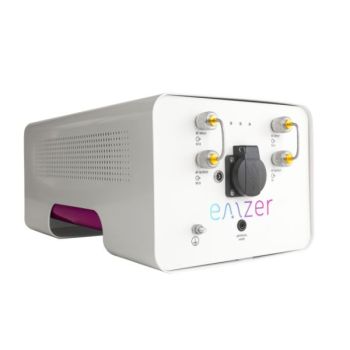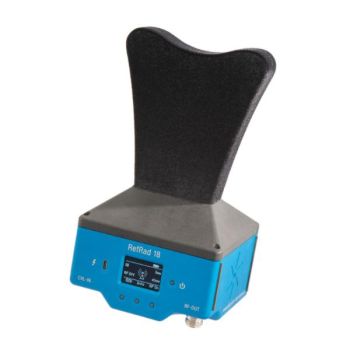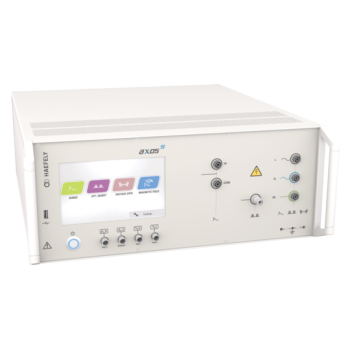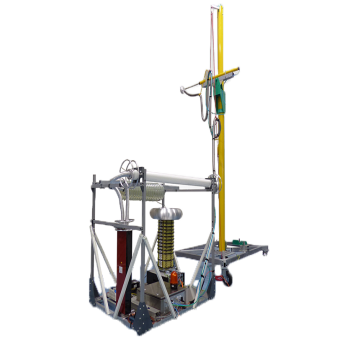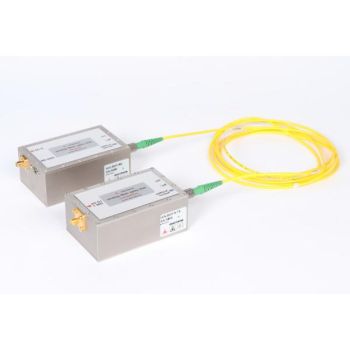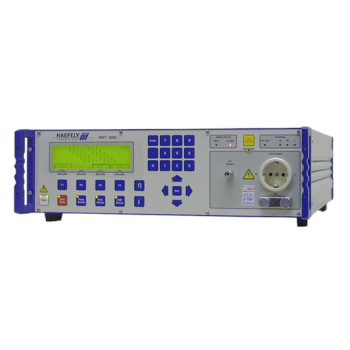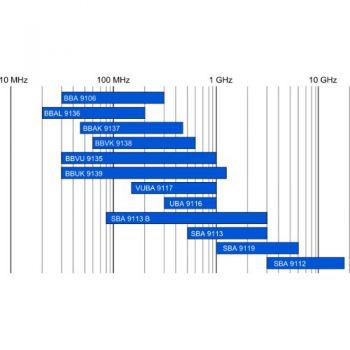Evolution of IEC 61000-4-2 from Edition 2.0 (2008-12) to Edition 3.0 (2025-03)
Abstract
The IEC 61000-4-2 standard is a cornerstone for evaluating the immunity of electronic and electrical equipment to electrostatic discharge (ESD). With the release of Edition 3.0 in March 2025, the standard underwent a significant technical revision. This paper examines the substantive updates from Edition 2.0 and discusses their implications for EMC test laboratories, highlighting changes to test procedures, calibration requirements, equipment setup, and measurement uncertainty evaluation.
Introduction
Electrostatic discharge is a critical disturbance in EMC compliance assessments. The IEC 61000-4-2 standard defines the test methods, setups, and performance criteria for evaluating ESD immunity. Edition 2.0, released in 2008, has long been the reference point in the industry. However, evolving technologies, new application sectors (e.g., wearable devices), and improved measurement methodologies necessitated an updated framework, delivered through Edition 3.0.
Comparison of Key Elements
|
Topic |
Edition 2.0 (2008-12) |
Edition 3.0 (2025-03) |
|
Document Scope |
Immunity test method for ESD, applicable to lab and post-installation testing. |
Similar scope, with explicit exclusions for ESD sensitivity testing of devices and characterization of ESD protection circuits. |
|
Definitions & Terms |
Included under Clause 3. |
Expanded Clause 3 with added abbreviations and updated terminology (e.g., accessible surfaces, reference ground plane). |
|
Test Levels (Contact & Air Discharge) |
Contact: 2, 4, 6, 8 kV; Air: 2, 4, 8, 15 kV |
Same levels maintained. Table format and guidance enhanced. |
|
Test Equipment – Generator Specs |
Focus on waveform, rise time, peak currents, etc., up to 4 GHz. |
Additional calibration requirements for air discharge tip; improved calibration and waveform specification rationale. |
|
Test Setup |
Separate guidance for table-top, floor-standing, and ungrounded equipment. |
Similar structure, with new normative annexes for wall-mounted and wearable devices (Annexes I & J). |
|
Calibration & Verification |
Calibration addressed in Annex B. Verification methods for ESD systems included. |
Calibration procedure further defined. Calibration for current waveform emphasized with new procedural detail. |
|
Measurement Uncertainty |
Addressed in Annex E with example budgets. |
Expanded coverage in Annex F. Includes uncertainty factors for multiple waveform parameters (Ip1, Ip2, I30, I60). |
|
Post-Installation Tests |
Addressed within main body of standard. |
Moved to Annex G to reflect uncontrolled environments. |
|
Test Points & Pulse Count Guidance |
Limited, general guidance. |
Annex E added with specific recommendations and rationale. |
|
Wearable Devices Testing |
Not addressed. |
New informative Annex J provides test setups and current waveform parameters for body-mounted and hand-held wearables. |
|
Escalation Strategy |
Annex F: variation in test results. |
Moved to normative Annex H with a defined process. |
|
Radiated Fields from ESD |
Informative Annex D included measurement and theoretical evaluation. |
Retained and updated with extended measurement techniques and practical guidance. |
|
Document Structure |
10 clauses + 6 annexes (A-F) |
9 clauses + 11 annexes (A-K), major additions in guidance and application-specific content. |
Impact on EMC Test Laboratories
The adoption of Edition 3.0 introduces several changes that will directly impact how EMC test labs operate:
- Enhanced Calibration Requirements: Labs will need to incorporate more rigorous procedures for verifying and calibrating ESD generators, particularly for air discharge tips. This includes waveform analysis with precise instrumentation and use of standardized targets. The Hafley ONYX requires no modification to meet the new calibration requirements!
- Test Equipment and Setup Modifications: The inclusion of wall-mounted and wearable equipment setups requires updated fixtures, positioning systems, and possibly new equipment configurations to ensure compliance with the new annexes.
- Measurement Uncertainty Budgets: More detailed guidelines on measurement uncertainty demand expanded documentation and may necessitate recalibration of measurement chains to meet the specified tolerances for parameters such as rise time and peak current.
- Pulse Count and Test Point Selection: Clear guidance in Annex E compels labs to revisit internal test procedures and test plan documentation, ensuring completeness and traceability.
- Broader Device Coverage: The inclusion of wearable technology and specialized equipment increases the scope of ESD testing. Labs must prepare to test a wider variety of devices with novel form factors and user interaction profiles.
- Training and Competency: Test personnel must be retrained to understand the expanded procedures, new definitions, and rationale for changes in calibration and test methodology.
Conclusion
Edition 3.0 of IEC 61000-4-2 marks a significant evolution in ESD immunity testing, aimed at enhancing test fidelity and aligning with modern electronic device profiles. EMC test laboratories must update their procedures, equipment, and training to comply with the new standard. While this transition requires investment, it ultimately contributes to more accurate, repeatable, and comprehensive EMC compliance assessments. The Haefely Onyx 16 and 30 meet new requirements without modification. A new calibration of the simulator is recommended yearly, and following the new procedure will not require any change to your current or new ONYX ESD simulator.
